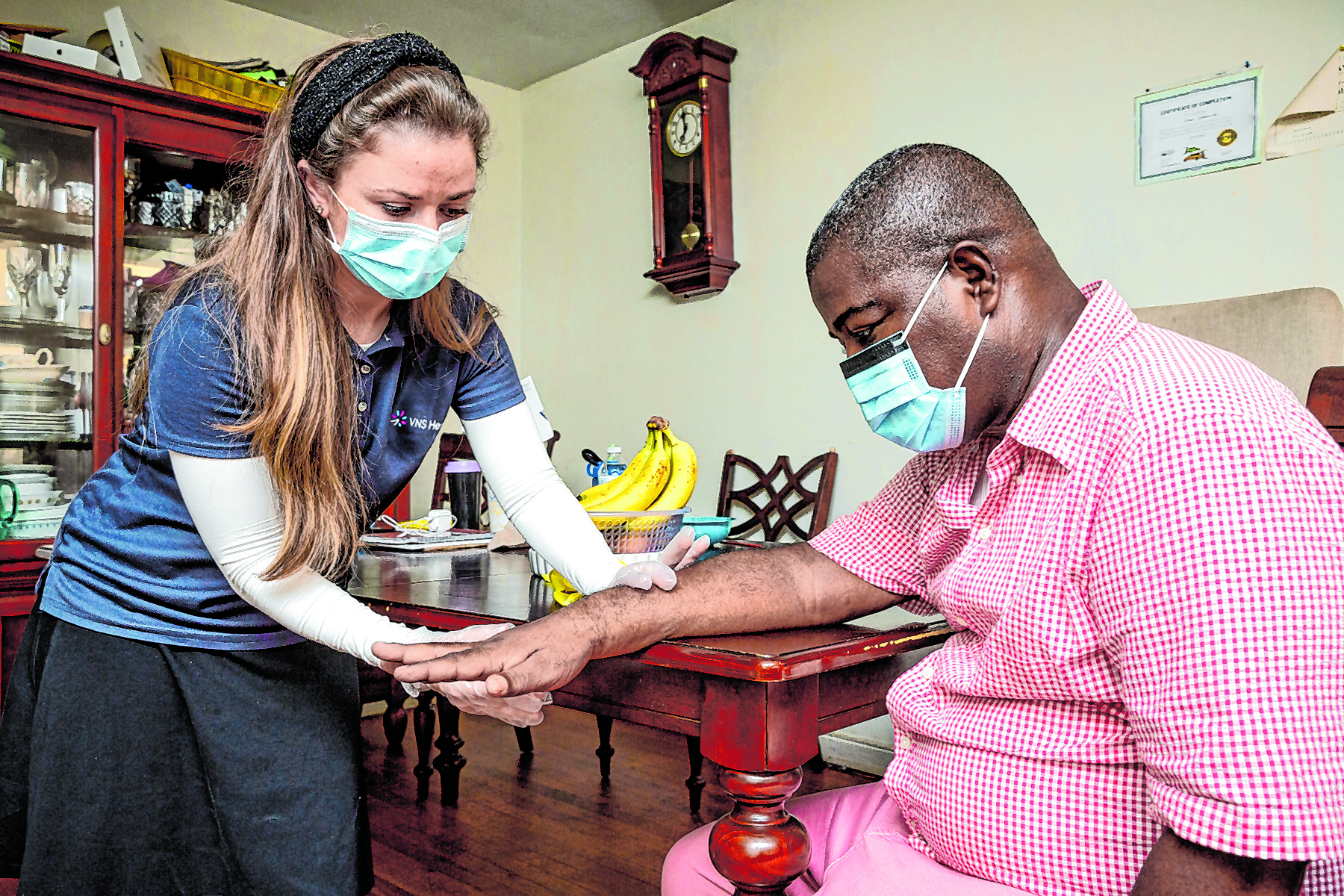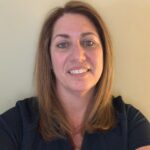Osteoporosis is an all-too common disease, causing bones to become brittle to the point where even a minor fall or stressor can lead to a painful fracture and a difficult recovery.

Unlike some illnesses, patients can’t feel their bones weakening, earning osteoporosis a nickname of the “silent disease.” Our bones are living tissue that regenerates regularly, but osteoporosis impairs this process and weakens bones, making a break much more likely.
The disease is most common in women, affecting 20 percent of women 50 years and older, according to the CDC. One in 20 men are impacted as well, making osteoporosis a cause for concern for all aging adults.
As common as osteoporosis is, it often isn’t until someone finds themselves in the hospital or at the doctor with a painful injury that they are even diagnosed with it. As an Occupational Therapist (OT) at VNS Health, many of the home health care patients I work with have found themselves in this very predicament.
When we meet, they are usually happy to be home from the hospital but must now navigate uncharted territory tied to an osteoporosis diagnosis after a debilitating fall. It can be a challenging time, but I enjoy having the chance to work closely with my patients and their caregivers right in their homes, asking them questions and analyzing their daily routine to find ways to help them heal, and to prevent future injuries from happening. With almost all my patients, I work alongside my colleagues on the care team, particularly our team’s physical therapists (PTs) and nurses, to help patients learn and get comfortable with new movement patterns as they recover.
Everyone is unique, and there is no “one-size-fits-all” approach to healing.
Here are a few tips to keep in mind if you or a loved one has osteoporosis and are at risk for, or recovering from, an injury:
• Maintain a routine. Part of recovery involves keeping your muscles and body strong through exercises, particularly through weightbearing activities and walking—tailored routines that your PT and OT can work with you to develop. Once you have an exercise regimen that works for you, sticking to it will usually become easier over time as you grow stronger.
• Customize adjustments for daily activities. As an OT, much of my work is focused on helping my patients accomplish “ADL,” or their “Activities of Daily Life.” I work with my patients to see how they can safely live and function in their homes. For example, we might find that a shelf with dishes needs to be lowered so it’s closer to their center of gravity, or move a rug that could lead to a slip and possible fall.
Additionally, we help in recommending assistive devices—for example, a grab bar or shower chair for the bathroom, or perhaps a “reacher” to pick up items. Changes like this can make a huge difference when it comes to avoiding falls.
• Let us know if you’re in pain. One especially challenging aspect of osteoporosis is that a break or fracture can occur simply through normal activity, not just from falls or accidents. If you feel pain or something else unusual, be sure to let your clinicians know.
• Co-occurring illnesses can increase risks. As adults live longer, they also may find themselves dealing with multiple chronic conditions. For example, I’ve had quite a few osteoporosis patients who also suffer from dementia or heart disease. It’s important to consult with your doctor and nurses to be aware of any medication side-effects that might put you at greater risk for falls, such as a certain medication that may cause dizziness.
• There is no such thing as a dumb question. When in doubt, I always tell my patients to ask me what I can do to help them as they recover—that’s what your clinicians are here for! And if it’s a question I don’t know the answer to as an OT, I always work with the rest of the team, including PTs, nurses and more, to find solutions.
Ultimately, with any choices about your health, be sure to consult with professionals before a major problem occurs. While chronic illnesses like osteoporosis are certainly a challenge, they can become more manageable with care and prevention measures, ensuring that you or a loved one can stay independent and comfortable at home.
Visit vnshealth.org or call 866-986-7691 for more information about VNS Health including healthcare services and career opportunities.
 —Written by Bernadette Timko, an occupational therapist with VNS Health.
—Written by Bernadette Timko, an occupational therapist with VNS Health.


















